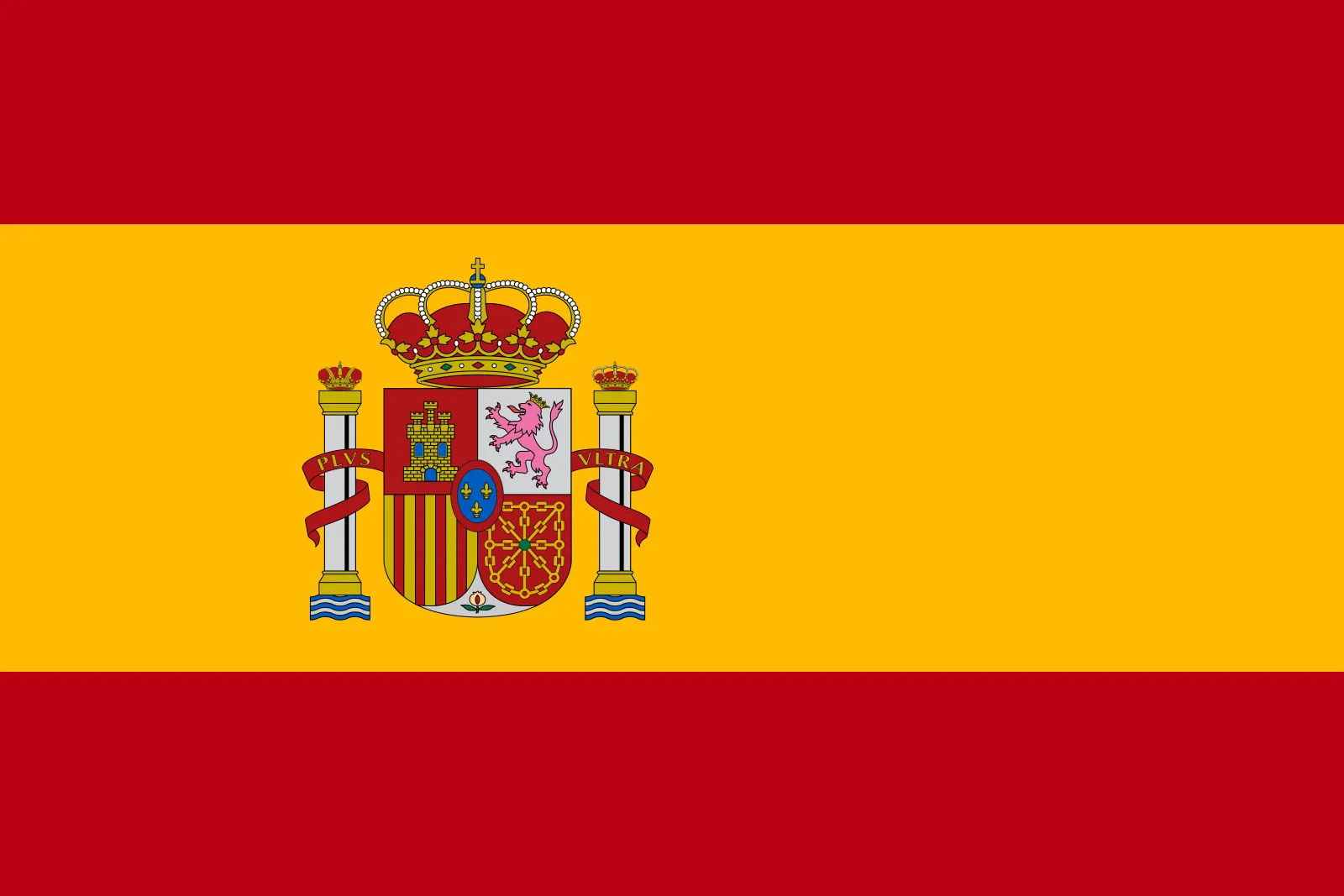Tour In North India
Program Preview
Delhi-Haridwar-Rishikesh-Chandigarh-Dharamshala-Amritsar-Srinagar-Phalagam-Gulmarg-Dudapatri-Sonmarh-Kargil-Lamayaruh-Kargil-Khardungla-Nubra-Pangong-Thiksy-Hamis-Tso-Delhi
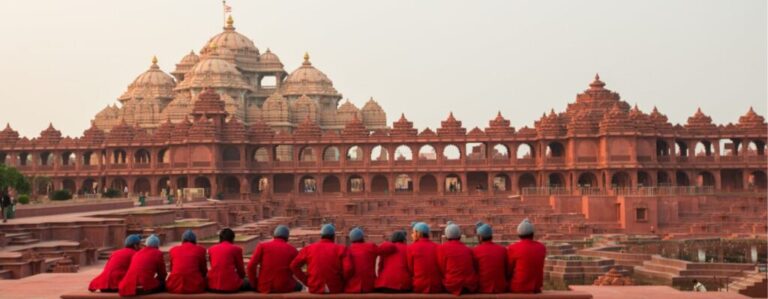
DAY 1, Arrival in Delhi (Hotel booked from the previous day) - Tour In North India
Arrival at New Delhi international airport. Following the habits, the immigration formalities, and the baggage collection, ours will surely come out of the arrival terminal building after which it will be transferred to your hotel.
Capital of India and an important entrance to the country, contemporary Delhi is a vibrant metropolis, which successfully combines in its folds - the ancient with the modern. Among the fast-spiraling skyscrapers, the remains of a time gone by in the form of silent historical reminders of the ancient influence of the region. First impressions for each visitor are a species, city of the garden, lined with numerous beautiful parks.
Upon arrival at the hotel, proceed to check-in at the hotel. Standard Check-in Time at the hotel 1400 hours / Check out 1200 hours. In time proceed to the tour of Old Delhi and New Delhi, the Red Fort (external photo stop), Jama Mosque, Chandni Chowk, and Raj Ghat ..
Brief information on the monuments
In the 17th century, the Mughal emperor, Shah Jahan, made his capital at Shahjahanabad, the area that covers present-day Delhi also called the walled city.
Jama Masjid is the largest and best-known mosque in India. It is flanked by a red fort on one side and the old town Chandni Chowk on the other side. Built by Shah Jahan in the 17th century, Jama Masjid is one of the busiest in Delhi for pilgrims and tourists.
Red Fort (Photo stop) was built by the Mughal emperor Shah Jahan in the seventeenth century, which took about 9 years to complete this magnificent structure and about 10 million rupees to build the fort.
Chandani Chowk The Delhi bazaar novel can best be experienced at Chandni Chowk and around the streets. According to legend, the Chandni Chowk market was established during the reign of the Mughal emperor Shah Jahan.
Raj Ghat, resting place of Mahatma Gandhi. Raj Ghat remembers the man who is known as the Father of the Nation for his tireless and pacifist work to recover the independence of India.
Overnight at hotel in Delhi
DAY 2, Delhi - Rishikesh by Train - Tour In North India
After breakfast, the day starts at 6:00
Departure to Haridwar (by train in the morning)
Early morning train to Haridwar, then departure for Rishikesh by car
we will proceed to check-in at the hotel.
Thanks to the Himalayan foothills, next to the Ganges river, this city is renowned for being a center for the study of yoga and meditation.
Overnight at the hotel in Rishikesh
DAY 3, A Rishikesh - Tour In North India
After breakfast, the day begins at 8:30
Rishikesh is a city in the northern Indian state of Uttarakhand, at the foot of the Himalayas, near the river Ganges. The river is considered sacred and the city is renowned as a center for the study of yoga and meditation. Temples and ashrams (centers for spiritual studies) flank the eastern shore around Swarg Ashram, a traffic-free, alcohol-free and vegetarian enclave upstream of the city of Rishikesh.
Early in the morning, an hour of Yoga with the teacher. Later, after breakfast, we also visit Haridwar, a visit to Temples, Laxman Jhula and Ashrams. In the evening the magical Aarti ceremony on the Ganges. Overnight in the hotel of the Ashram.
Overnight at the hotel in Rishikesh
DAY 4, Da Rishikesh a Chandigarh (By car to the railway station and then by Train)
After breakfast, the day starts at 8:30
Departure to Haridwar by car (Train to Ambala)
Getting to Haridwar and transfer to the train station
Departure for Ambala
Ambala ad and transfer to Chandigarh (by car)
How to get to Chandigarh and transfer to the hotel
Evening at leisure
Overnight in a hotel in Chandigarh
DAY 5, Chandigarh - Tour In North India
After breakfast,
Visit the city of Chandigarh which includes Rock Garden (it is a unique garden composed of various objects of art, but the best part of the rock garden is that each of its works was made using industrial and urban waste), Leisure Valley (the Chandigarh Leisure valley is like a garland of gardens that beautifies the entire city), Sukhna Lake (Sukhna Lake is a beautiful lake located at the foot of the Shivalik chain. this is an artificial lake), the hand-held monument to Chandigarh is one of the most significant monuments of the city and of the Capitol complex (the capitol complex houses the headquarters of the government), initially, it served only as the seat of the Govt of Punjab, but now it has the headquarters of both, the Punjab Govt and Haryana).
Overnight in a hotel in Chandigarh
DAY 6, Chandigarh a Dharamshala By car
After breakfast, the day starts at 8:30
Departure for Dharamshala
Arrival in Dharamshala and visit of Dharamshala
Dharamshala is a city in the Indian state of Himachal Pradesh. Surrounded by cedar forests on the edge of the Himalayas, this collective city is home to the Dalai Lama and the Tibetan government in exile. The Thekchen Chöling temple complex is a spiritual center for Tibetan Buddhism, while the Library of Tibetan works and archives holds thousands of precious manuscripts. The rest of the day is dedicated to leisure time or for optional activities.
Overnight at the hotel in Dharamshala
DAY 7, Dharamshala
After breakfast, the day starts at 9:00
We visit Dharamsala surrounded by cedar forests, on the side of the Himalayas, this city is the home of the Dalai Lama and the Tibetan government in exile. Visit McLeod Ganj, St. Johns in the Wood, the English cemetery, the place of the Dalai Lama, and the Norbulingka-Institute.
Overnight at the hotel in Dharamsala
DAY 8, Da Dharamshala ad Amritsar (4 ore 30 minutes (206.8 kilometers)
After breakfast, The day starts at 8:30
Departure for Amritsar
Amritsar advertisement and hotel transfer
In the afternoon Late Touristic visits In the late afternoon, traveled to a Wagah, the border of India-Pakistan, to watch the changing of the guard ceremony. Soldiers from both countries participate in an interesting ceremony and eventually shake hands. The crowds singing patriotic songs on both sides of the border and the disciplined aggression of soldiers made a fascinating scene.
Overnight at the hotel in Amritsar
DAY 9, Amritsar
After breakfast, the day starts at 9:00
Visit Harminadir sahib temple and Jaliwalabagh bagh.
Overnight in Amritsar
DAY 10, Amritsar - Srinagar( By flight 1 Hr.)
Arrival in Srinagar-Upon your arrival at Srinagar International Airport, you will be met by our representative who will assist you and accompany you to your waiting vehicle. From the airport, it is a 35-minute drive through the heart of the city of New Srinagar. The unit takes you past the Abdullah Bridge that connects the banks of the Jhelum River, taking its path to the northwestern border of Kashmir. We arrive at the houseboat/hotel and check-in. Later it will take a 01-hour shikara tour in the lake since. This boat ride slips you past some wonderful floating vegetable gardens, a center of craftsmanship and lifestyle inherited from people who have lived within the lake for decades.
Overnight on houseboat.
DAY 11, Srinagar-Pahalgam (97 KMS/03 ore)
After breakfast, proceed to Pahalgam, - Tour In North India
You drive to Pahalgam via Pampore where you can visit famous saffron fields, Awantipora and the village of Bijbehara which remains famous as the Kashmir breadbasket. It passes from the national 1A highway to Khanabal and crosses the second largest city of Anantnag. Pahalgam is a picturesque valley around 97 km south of Kashmir. Known as Pahalgam (which means the shepherds' village), the valley is renowned throughout the world for its exotic forests, graceful streams of water, and imposing snow-capped peaks. We arrive in Pahalgam and check in the hotel, after a sightseeing tour around the mountain valley for most of the day,
Overnight at the hotel in Pahalgam
DAY 12, Pahalgam
After breakfast, the day begins
In Pahalgam, you can visit the Aru valley, the Beetab Valley, and Chandanwari (on a direct payment basis) and take a horse ride to the Baisaran meadows. time for leisure
Overnight at Hotel.
DAY 13, Pahalgam-Gulmarg (148 KMS/04 HRS)
After breakfast proceed to Gulmarg,
Gulmarg (2440 meters above sea level). It is one of the most beautiful hill stations and also called "Meadows of flower". The drive past colorful villages and rice fields gives you a view of Kashmir's rich cultural past. We arrive in a small picturesque market town of Tangmarg and continue on a scenic journey of 14 kilometers from Gulmarg. Gulmarg has one of the best ski slopes in the world and the highest golf course with 18 holes. We arrive in Gulmarg in the early hours of the afternoon and begin a brief tour around the meadow, becoming familiar with the beauty of the place.
Overnight at the hotel in Gulmarg
DAY 14, Gulmarg-Srinagar (56 kms/2 ore 30min).
After breakfast proceed to Srinagar.
We arrive in Srinagar then check in Houseboat / Hotel then proceed for a local sightseeing tour which includes a visit to the famous Mughal Gardens, Cheshma Shahi (royal spring), Nishat (pleasure garden), Shalimar (abode of love) Mughal arranged in the XVI century & These fall along the shore of dal-Lake, in the heart of the city of Srinagar & Shankaracharya Temple situated on a Poggio, thus offering a panoramic view of the whole city, together with famous by-the-lake & river Jhelum, en-route visiting the handloom center famous for pashmina/shahtoosh shawls production & world over carpet mats, the evening will take a 01 HR shikara ride into the lake since. This boat ride slips you past some wonderful floating vegetable gardens, a center of craftsmanship and lifestyle inherited from people who have lived within the lake for decades.
Overnight at Hotel.
DAY 15, Srinagar-Doodhpathri-Srinagar
After breakfast, the day begins
Today your day will be dedicated to a full-day trip to Doodhpathri. The name Doodhpathri means the valley of milk. The water that is currently flowing through the meadows looks like milk from the distance and remains very cold throughout the year.
Overnight at the hotel in Srinagar
DAY 16, Srinagar-Sonmarg (87 KMS/2hr 30min )
After breakfast
Drive to the majestic mountain resort of Sonamarg. The path to Sonamarg takes us to a picturesque country road where we come across rolling hills, green forests, streams of clear water, and fields of rice in bloom. We will zoom beyond the city of Kangan which handles all the local needs of this region. From Kangan, we will drive to mammar, famous for its trout farm before heading to Sonamarg. We will once again get off our vehicles at the tourist point of Gagangir. The place is built in the middle of the Sindh River and looks like an island with snow-covered glaciers covering one or the other point. In Sonamarg we will take a 3-hour walk or a horse-riding / local Union cabin to the Thajwas glacier (based on direct payment).
Overnight at Hotel
DAY 17, Sonamarg – Kargil
After breakfast
Departure for Kargil (8200 + ft) via Srinagar-Leh Highway. Join Kargil via the Zojilla pass & Drass region. Continue the check-in hotel unit,
Overnight at Hotel.
DAY 18, Kargil – Lamayuru – Leh (224 KMS/07 HRS)
After breakfast
Early morning proceed to Leh (10000 ft -234 KMS-10 hours). Visit Mulbek (known for its huge Buddha statue) and the monastery of Lamayuru (10500 + ft slm - the oldest monastery in Ladakh). Enroute pass the confluence of Indus - Zanskar rivers and the effects of the magnetic hill (the challenge of the law of gravity). Visit Gurudwara Patthar Sahib and the Kali Mata Temple and reach Leh in the evening. Rest for the day check-in the hotel.
Overnight at the Hotel
DAY 19, Leh-Khardungla-Nubra
After breakfast,
Move to the highest street in the world, Khardungla Pass. Have a cup of tea there, have yourself click the Khardungla sign from BRO & proceed towards Nubra valley covering Deskit Monastery en route. Check-in at the Hotel / Camp, refresh & later you can have a double Hump Bactrian Camel ride. Don't forget to click on this unique mammal, found in the cold desert. It was once used to transport commercial material on the Silk Road.
Overnight in Hotel.
DAY 20, Nubra – Leh
After breakfast,
Visit Deskit monastery, hot springs, Panamik via a confluence of Shyok & Nubra River through Sumoor. Return to Leh in the evening.
Overnight in Leh.
DAY 21, Leh-Pangong
After breakfast, the day begins
Located at an altitude of 4300 meters, the crystal-clear brackish waters of Lake Pangong change its color in many shades of blue and green with the position changing the sun in the sky. About 1/4 of the lake is found in India and the rest flows into the Tibet region of China. It is a breeding point for various migratory birds, such as the bar-headed goose and brahmin ducks. Spangmik Village: located about 7 kilometers along the southern shores, it is the farthest village in the Pangong area. From here, you can enjoy a spectacular view of the Chang-Chenmo Range mountains.
Overnight at the hotel
DAY 22, Leh -Tour of the monastery
After breakfast, the day begins
Today you can make an exciting visit to Stok, Shey, Thiksey, and Hemis monasteries. Shey - located on the eastern bank of the Indus River, the small village of Shey is located about 15 km from Leh. The place is popular for the ancient palace and the monastery. The Shey Palace was the residence of the royal family built in the seventeenth century. Also, you can see the ruins of a fortress above the Palace. Shey Monastery also has a three-story image of Buddha Sakyamuni made of gilded copper. Thiksey Monastery - situated atop a hill, the monastery is an excellent example of Ladakhi architecture. This contains several stupas, statues, thangkas, wall paintings, and a large pillar depicting the teachings of the Buddha. Hemis Monastery - built in 1630, this is the largest and most famous monastery in Ladakh. It is located at a distance of 49 km from Leh and 30 km from Thiksey. Stok - it is a small village located at a distance of 14 km from Leh. The Stok Palace and Stok Monastery are the main attractions of this place. The Stok Palace is now the residence of members of the royal family.
Overnight at the hotel
DAY 23, Leh al Lago Tsomoriri-Leh
After breakfast
Proceed to Tsomoriri Lago (14,000 ft Above sea level) passing Chumathang (Hot Spring) along the Indus river. 1600 hours of Tsomoriri arr. then take a walk around the lake to enjoy the scenic beauty.
Overnight in Leh
DAY 24, Leh-Delhi ( Via Volo 1 ora 30 minute)
After breakfast
Transfer to the airport according to the flight schedule for New Delhi
Arrival in Delhi and transfer to the hotel
overnight stay in a hotel in Delhi
DAY 25, Delhi-Your Next Destination
Transfer to the airport according to the flight schedule
Ciao India Tours wishes you a very happy journey
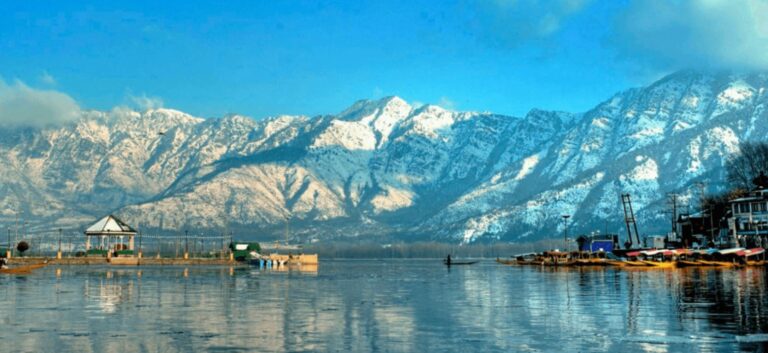
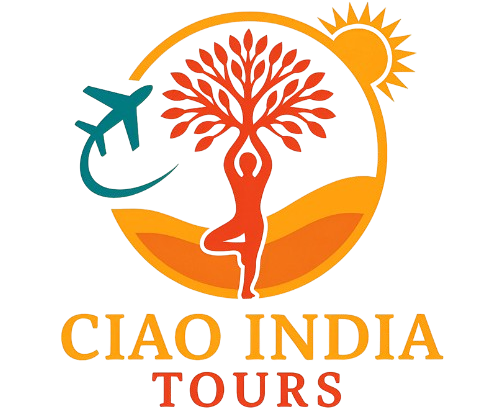
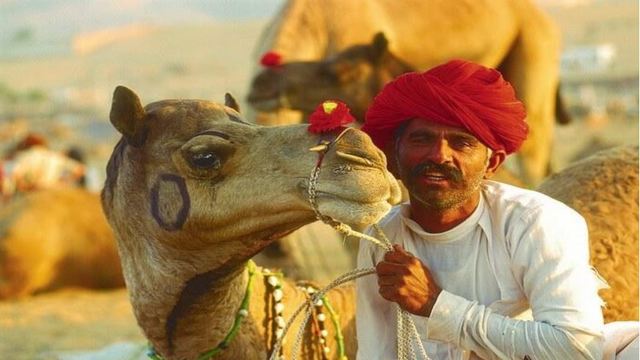

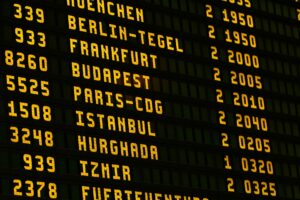
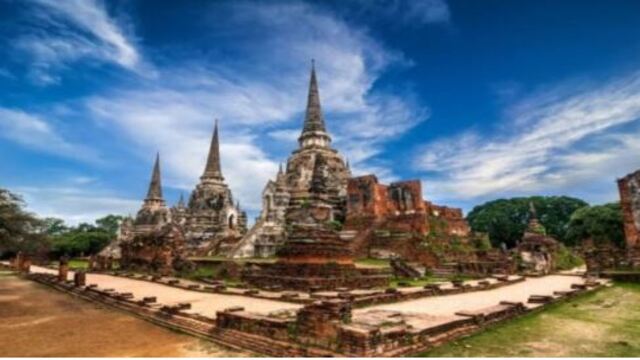
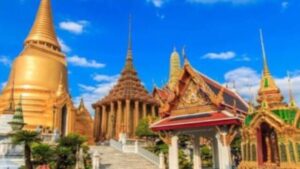
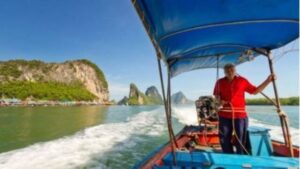
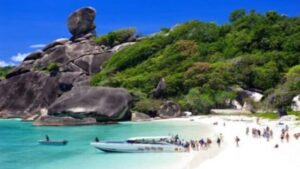
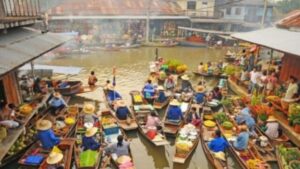
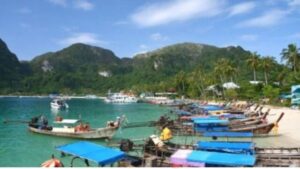
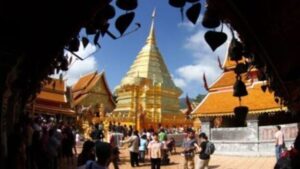
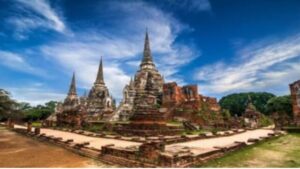
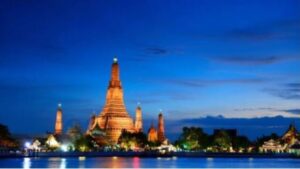
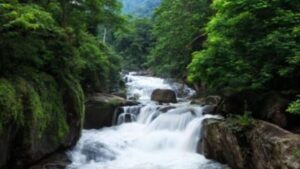
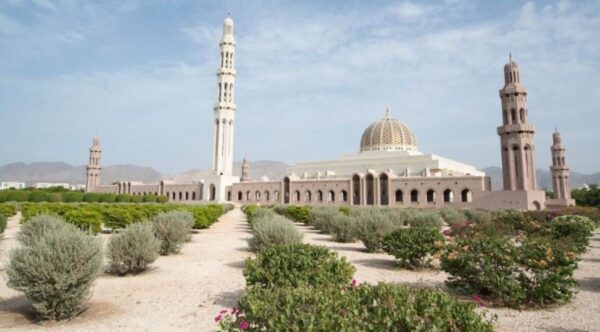
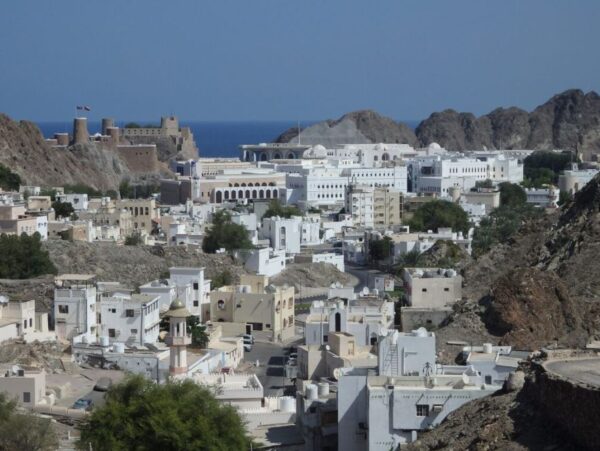 Twenty kilometres from downtown Muscat, Muttrah is one of the city’s most atmospheric neighbourhoods. The Corniche, a road and promenade cut into the coastal cliff, links the local fish market with the legendary Muttrah Souq. Known locally as Al Dhalam, ‘Darkness Bazaar’, the covered, windowless souq is believed to be one of the oldest marketplaces in the Arab world. Merchants trade in gemstones, Khanjar daggers and antique carpets, frankincense resin (Oman’s ubiquitous scent), henna powder, and embroidered kuma skullcaps. Don’t forget to look up – there are gorgeous stained-glass panels inlaid in the souq’s wooden roof. I recommend visiting Muttrah in the early evening, when Omani families hit the Corniche for a stroll.
Twenty kilometres from downtown Muscat, Muttrah is one of the city’s most atmospheric neighbourhoods. The Corniche, a road and promenade cut into the coastal cliff, links the local fish market with the legendary Muttrah Souq. Known locally as Al Dhalam, ‘Darkness Bazaar’, the covered, windowless souq is believed to be one of the oldest marketplaces in the Arab world. Merchants trade in gemstones, Khanjar daggers and antique carpets, frankincense resin (Oman’s ubiquitous scent), henna powder, and embroidered kuma skullcaps. Don’t forget to look up – there are gorgeous stained-glass panels inlaid in the souq’s wooden roof. I recommend visiting Muttrah in the early evening, when Omani families hit the Corniche for a stroll.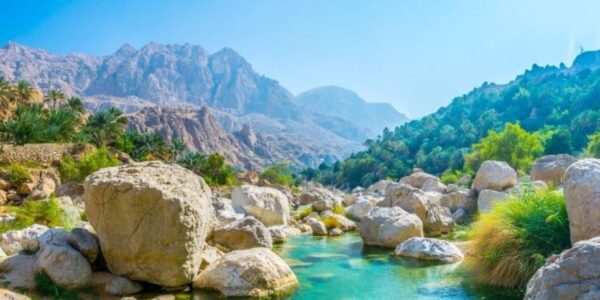
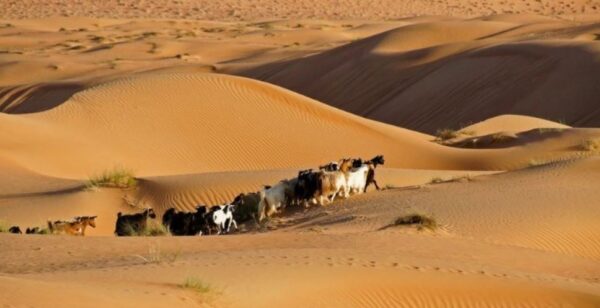
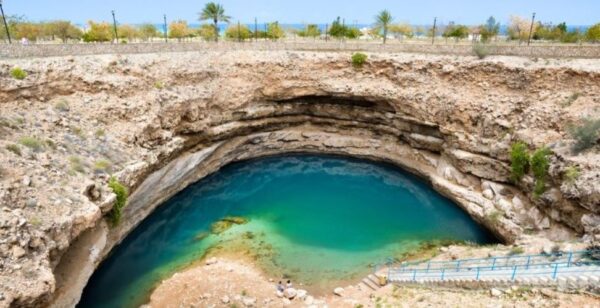
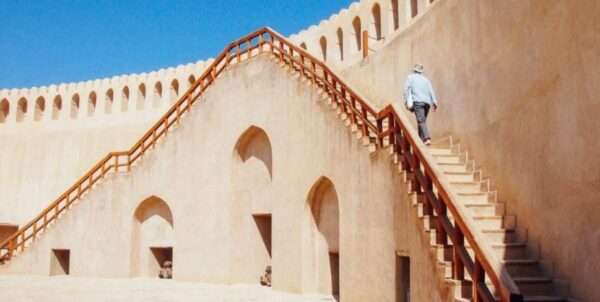 Oman’s craggy interior is peppered with historic castles and fortresses, each one a maze of turrets, false doors and ominous ‘murder holes’ – slits cut above doorways to pour scalding hot date oil onto unsuspecting intruders. Dating back to the 12th century, Nizwa Fort is the country’s most-visited national monument and historically served as the seat of the presiding Imams. It features a wonderful subterranean museum, and the adjoining souq – famous for its clay pottery – hosts a lively goat market every Friday. The nearby Jabrin Castle is unique for its round towers, luxurious carved doors and lattice work. Ar Rustaq Fort, erected on top of Persian ruins, and the 17th-century Nakha Fort are also worth a visit.
Oman’s craggy interior is peppered with historic castles and fortresses, each one a maze of turrets, false doors and ominous ‘murder holes’ – slits cut above doorways to pour scalding hot date oil onto unsuspecting intruders. Dating back to the 12th century, Nizwa Fort is the country’s most-visited national monument and historically served as the seat of the presiding Imams. It features a wonderful subterranean museum, and the adjoining souq – famous for its clay pottery – hosts a lively goat market every Friday. The nearby Jabrin Castle is unique for its round towers, luxurious carved doors and lattice work. Ar Rustaq Fort, erected on top of Persian ruins, and the 17th-century Nakha Fort are also worth a visit.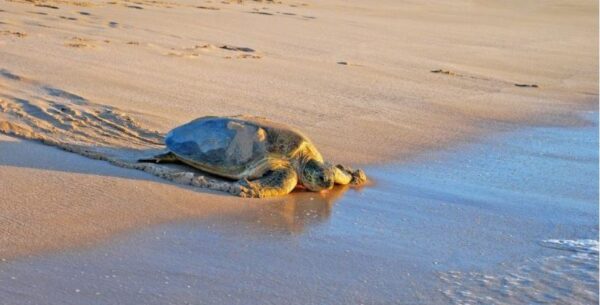 Five of the world’s seven species of sea turtle are known to nest along Oman’s 2,000-kilometre coastline. At the extreme eastern tip of the Arabian Peninsula, the beaches around Ras Al Jinz and Ras Al Hadd are among the only places on Earth where endangered green sea turtles nest 365 nights a year. The Ras Al Jinz Turtle Reserve was established in 1996 to protect the turtle habitat. Small, guided group tours out onto the sand depart nightly from the information centre. There’s no guarantee, but you’re likely to witness both hoards of turtle hatchlings racing towards the break, and hulking females depositing their clutches.
Five of the world’s seven species of sea turtle are known to nest along Oman’s 2,000-kilometre coastline. At the extreme eastern tip of the Arabian Peninsula, the beaches around Ras Al Jinz and Ras Al Hadd are among the only places on Earth where endangered green sea turtles nest 365 nights a year. The Ras Al Jinz Turtle Reserve was established in 1996 to protect the turtle habitat. Small, guided group tours out onto the sand depart nightly from the information centre. There’s no guarantee, but you’re likely to witness both hoards of turtle hatchlings racing towards the break, and hulking females depositing their clutches.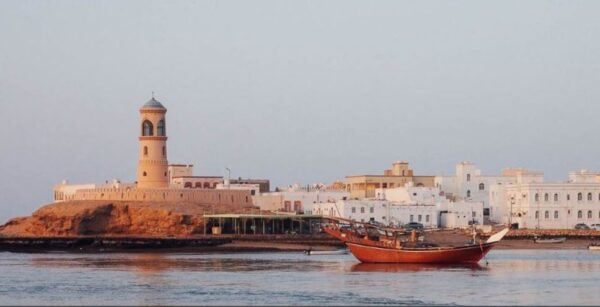 At its peak in the 19th century, the Omani Empire extended north to Pakistan and as far south as Tanzania and Mozambique. Oman’s colossal maritime power was centralised in Sur, a coastal city 200km from Muscat. (Some say Sur is the spiritual home of swashbuckling Sindbad the Sailor). Workers at Oman’s only surviving shipyard in Sur still turn out dhows. Incredibly, the hulking wooden boats are made by hand without nails by ‘sewing’ teak boards together with coconut-fibre cord. Wander down to the beach to see this feat of engineering for yourself, or climb the stairs of the Al Ayjah Watchtower for a birds-eye view of the dhows and Sur’s white houses.
At its peak in the 19th century, the Omani Empire extended north to Pakistan and as far south as Tanzania and Mozambique. Oman’s colossal maritime power was centralised in Sur, a coastal city 200km from Muscat. (Some say Sur is the spiritual home of swashbuckling Sindbad the Sailor). Workers at Oman’s only surviving shipyard in Sur still turn out dhows. Incredibly, the hulking wooden boats are made by hand without nails by ‘sewing’ teak boards together with coconut-fibre cord. Wander down to the beach to see this feat of engineering for yourself, or climb the stairs of the Al Ayjah Watchtower for a birds-eye view of the dhows and Sur’s white houses.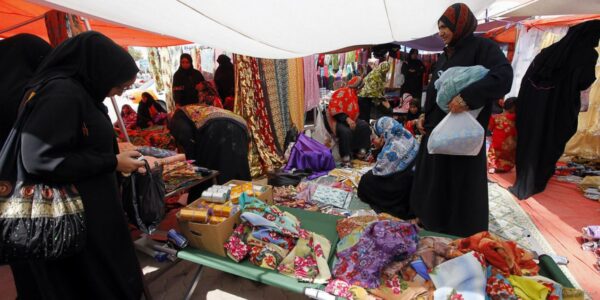 There’s a bit of a twist to the main market in Ibra, the second-largest city in Oman’s Ash Sharqiyah region. Wednesday mornings in Ibra have been declared ‘ladies only’. Women from surrounding towns and Bedouin settlements in the nearby Sharqiya Sands – many dressed in their distinct batoola face coverings – pour into town once a week to do a spot of shopping without their male counterparts in tow. Textiles, jewellery and beauty products take pride of place at the souq. There’s also a colourful fresh produce section.
There’s a bit of a twist to the main market in Ibra, the second-largest city in Oman’s Ash Sharqiyah region. Wednesday mornings in Ibra have been declared ‘ladies only’. Women from surrounding towns and Bedouin settlements in the nearby Sharqiya Sands – many dressed in their distinct batoola face coverings – pour into town once a week to do a spot of shopping without their male counterparts in tow. Textiles, jewellery and beauty products take pride of place at the souq. There’s also a colourful fresh produce section.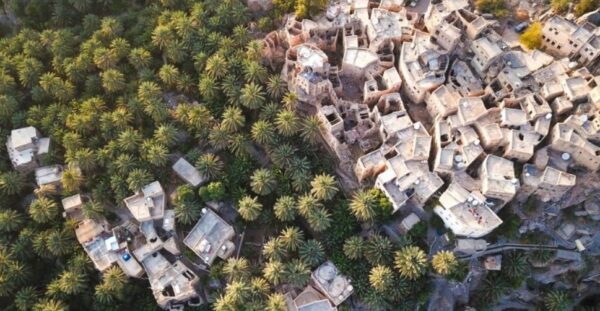 The idyllic village of Misfat Al Abyreen is set in the Jebel Shams mountains, roughly 1,000 metres above sea level. Its mud houses are built atop massive rocks, blending seamlessly into the landscape. As you wander through Misfat’s shaded passageways, you can poke your head into the old, crumbling houses to see their anatomy. Others are still occupied (spot the colourfully painted gates), and one has been converted into a guesthouse. A series of marked hiking trails lead you around the village, through groves of date palms, down to a wadi, and up the mountain for spectacular views.
The idyllic village of Misfat Al Abyreen is set in the Jebel Shams mountains, roughly 1,000 metres above sea level. Its mud houses are built atop massive rocks, blending seamlessly into the landscape. As you wander through Misfat’s shaded passageways, you can poke your head into the old, crumbling houses to see their anatomy. Others are still occupied (spot the colourfully painted gates), and one has been converted into a guesthouse. A series of marked hiking trails lead you around the village, through groves of date palms, down to a wadi, and up the mountain for spectacular views.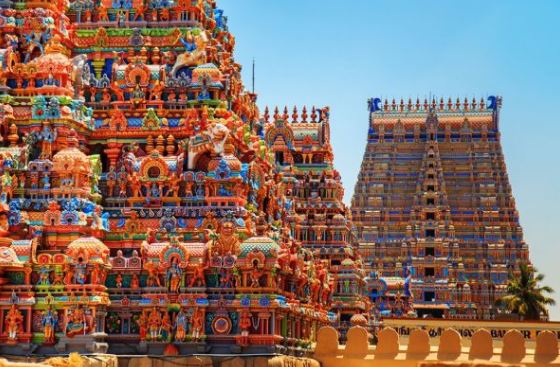
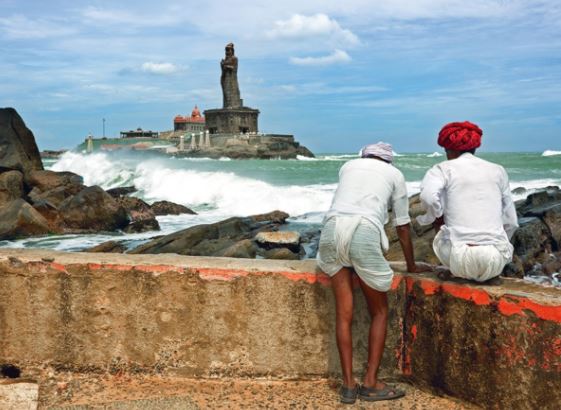
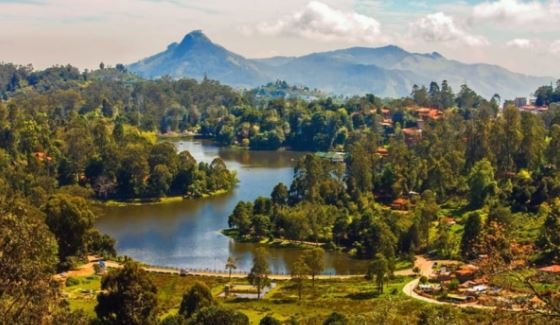
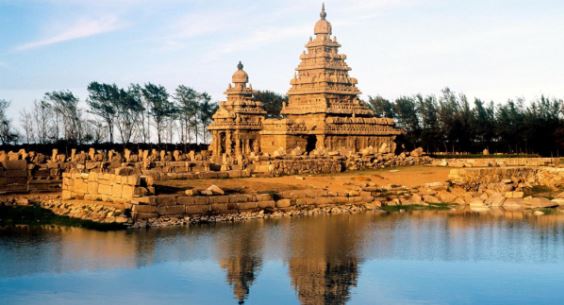
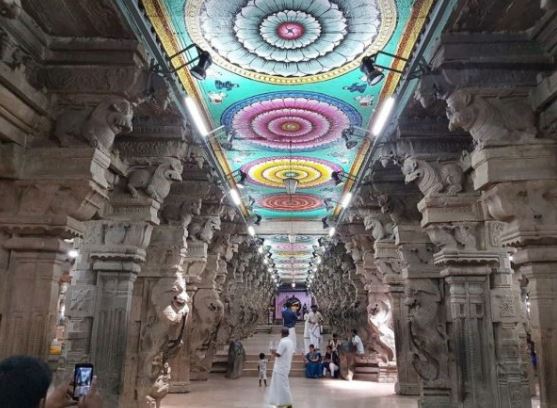
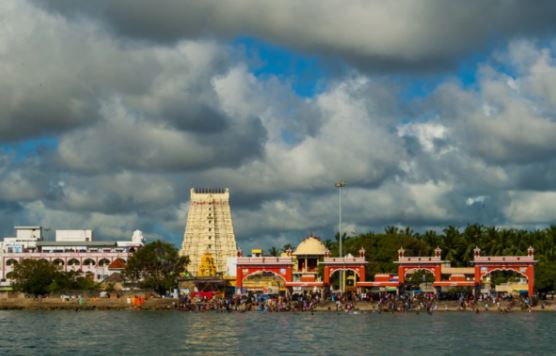
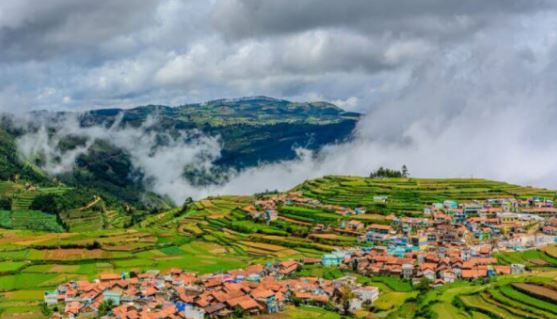 An abode of lush vegetation and misty hills of the Nilgiri, Ooty is euphoria for travelers. The cold climate with a tranquil atmosphere provides comfort to the mind and soul. Ooty is visited by tourists throughout the year. The pleasant weather conditions make Ooty a hot spot during the summer. Engraved with tea plantations and the eucalyptus fragrance in the air, Ooty paints a truly
An abode of lush vegetation and misty hills of the Nilgiri, Ooty is euphoria for travelers. The cold climate with a tranquil atmosphere provides comfort to the mind and soul. Ooty is visited by tourists throughout the year. The pleasant weather conditions make Ooty a hot spot during the summer. Engraved with tea plantations and the eucalyptus fragrance in the air, Ooty paints a truly 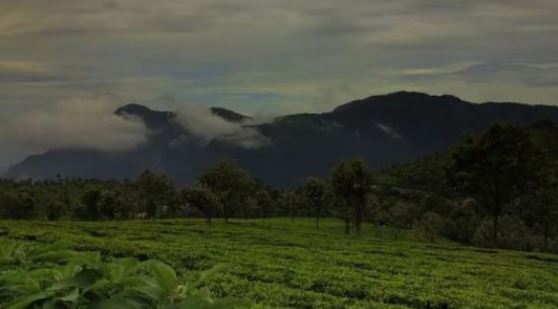 Located in the Nilgiris, Coonoor is a pleasant and cool hill station in Tamil Nadu. Deriving its name from the aboriginal tribe called Coon, this hill station includes picturesque valleys and milky waterfalls. The snake-shaped gullies channel through the hills and enhance the beauty of Coonoor. There are many interesting places to visit in Coonoor including Lamb's Rock, Droog, Sim's Park, Dolphin's Nose Viewpoint, Pasteur Institute and Law's Falls. Trekking and trekking are popular activities in Coonoor.
Located in the Nilgiris, Coonoor is a pleasant and cool hill station in Tamil Nadu. Deriving its name from the aboriginal tribe called Coon, this hill station includes picturesque valleys and milky waterfalls. The snake-shaped gullies channel through the hills and enhance the beauty of Coonoor. There are many interesting places to visit in Coonoor including Lamb's Rock, Droog, Sim's Park, Dolphin's Nose Viewpoint, Pasteur Institute and Law's Falls. Trekking and trekking are popular activities in Coonoor.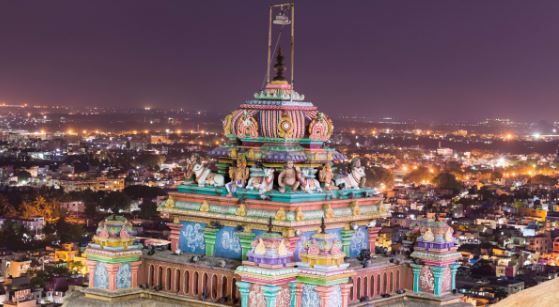
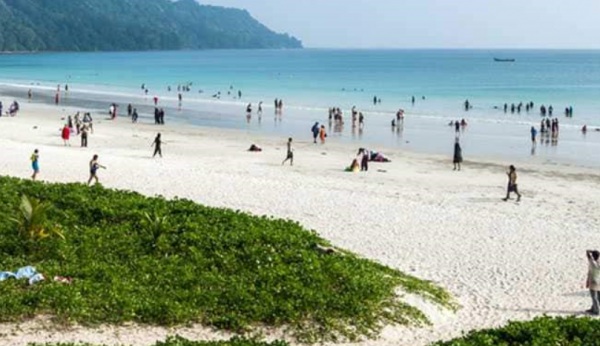
 Oh yes, the Andamans are much more than pristine beaches and icy blue waters. The next time you visit these beautiful islands, take a journey into history and see the cellular prison, aka Kalapani, in Port Blair. A colonial prison dating back to the British era, this prison today pays tribute and stands in memory of the Indian freedom fighters who spent the exile there. Immerse yourself in some stories of days gone by the locals; you will surely feel a story or two interesting. Undoubtedly, you will be reassured and with an enlightened mind. There are also Hindi and English light and sound shows held here every night, a monument to martyrs, a museum, a photo gallery, and an art gallery.
Oh yes, the Andamans are much more than pristine beaches and icy blue waters. The next time you visit these beautiful islands, take a journey into history and see the cellular prison, aka Kalapani, in Port Blair. A colonial prison dating back to the British era, this prison today pays tribute and stands in memory of the Indian freedom fighters who spent the exile there. Immerse yourself in some stories of days gone by the locals; you will surely feel a story or two interesting. Undoubtedly, you will be reassured and with an enlightened mind. There are also Hindi and English light and sound shows held here every night, a monument to martyrs, a museum, a photo gallery, and an art gallery.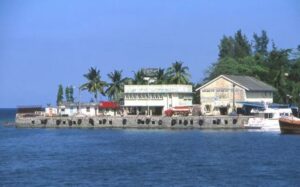 Famous for hosting one of the oldest and largest sawmills in Asia, Chatham Island is a place not to be missed. Snoop around the island and control the Chatham sawmill, established by the British in 1836. Immerse yourself in the half-timbered air of the Forest Museum through a myriad of Andaman wood masterpieces, or indulge in some forest-related activities through scale models at the museum . There is also a large crater of World War II bombs next to the forest museum. If you want to go shopping, Sagarika Emporium is a great starting point.
Famous for hosting one of the oldest and largest sawmills in Asia, Chatham Island is a place not to be missed. Snoop around the island and control the Chatham sawmill, established by the British in 1836. Immerse yourself in the half-timbered air of the Forest Museum through a myriad of Andaman wood masterpieces, or indulge in some forest-related activities through scale models at the museum . There is also a large crater of World War II bombs next to the forest museum. If you want to go shopping, Sagarika Emporium is a great starting point.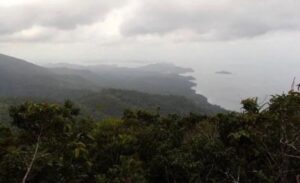 Located on the Northern Andaman Island, Saddle Peak is the highest point in the entire Andaman and Nicobar archipelago at a height of 732 meters. The peak is surrounded by the Saddle Peak National Park, the main tourist attraction of North Andaman. Bring out your hiking shoes and walk the 8 km long path through the beautiful subtropical forest. Discover lost temples, perennial waterways and spectacular tropical flora along the path. And yes, once you reach the summit, the views of the archipelago from above are simply breathtaking!
Located on the Northern Andaman Island, Saddle Peak is the highest point in the entire Andaman and Nicobar archipelago at a height of 732 meters. The peak is surrounded by the Saddle Peak National Park, the main tourist attraction of North Andaman. Bring out your hiking shoes and walk the 8 km long path through the beautiful subtropical forest. Discover lost temples, perennial waterways and spectacular tropical flora along the path. And yes, once you reach the summit, the views of the archipelago from above are simply breathtaking!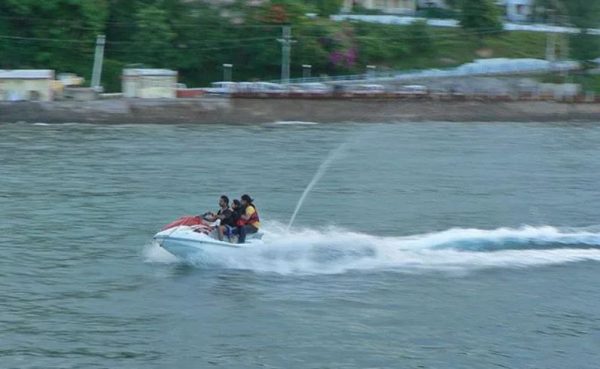
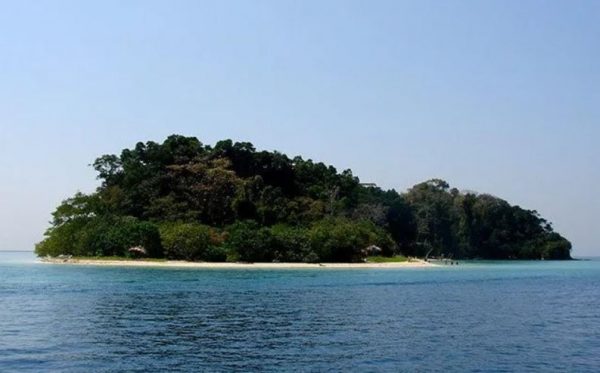
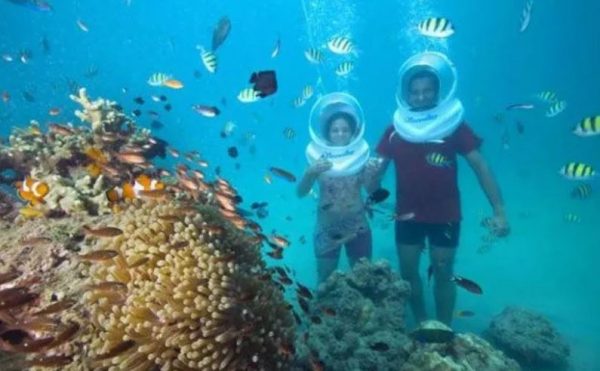 One of the most exciting experiences in Andaman, walking on the sea is walking on the seabed and seeing the brightly colored fish swimming near you! Walking on the seabed is a fairly unique but simple activity - much simpler than scuba diving as no breathing techniques are involved. Furthermore, it is not necessary to have any swimming skills to indulge in this delightful activity and it is safe to have fun for children aged 7 to 70! The full-face window in the helmet of the sea walker offers a close-up view of beautiful orange clownfish, sea anemones, starfish, and crustaceans that swim around.
One of the most exciting experiences in Andaman, walking on the sea is walking on the seabed and seeing the brightly colored fish swimming near you! Walking on the seabed is a fairly unique but simple activity - much simpler than scuba diving as no breathing techniques are involved. Furthermore, it is not necessary to have any swimming skills to indulge in this delightful activity and it is safe to have fun for children aged 7 to 70! The full-face window in the helmet of the sea walker offers a close-up view of beautiful orange clownfish, sea anemones, starfish, and crustaceans that swim around.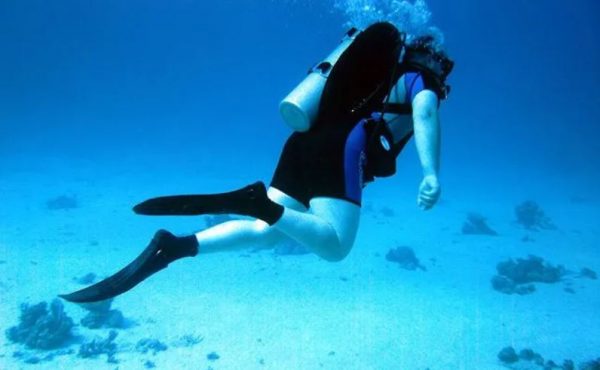 The Andaman and Nicobar islands are one of the most exotic and remote destinations in the world. The archipelago includes over 500 islands and probably has one of the richest reef ecosystems in the world! Needless to say, for fans of snorkeling and scuba diving, the Andaman Islands are nothing short of heavenly. The underwater world here offers countless species of marine life, coral reefs, remains of old ships and hills created by volcanic lava. You can choose from a variety of dive sites around Havelock Island, Cinque Islands, Corruption Rock, Fish Rock and the Mahatma Gandhi Marine National Park in Wandoor.
The Andaman and Nicobar islands are one of the most exotic and remote destinations in the world. The archipelago includes over 500 islands and probably has one of the richest reef ecosystems in the world! Needless to say, for fans of snorkeling and scuba diving, the Andaman Islands are nothing short of heavenly. The underwater world here offers countless species of marine life, coral reefs, remains of old ships and hills created by volcanic lava. You can choose from a variety of dive sites around Havelock Island, Cinque Islands, Corruption Rock, Fish Rock and the Mahatma Gandhi Marine National Park in Wandoor.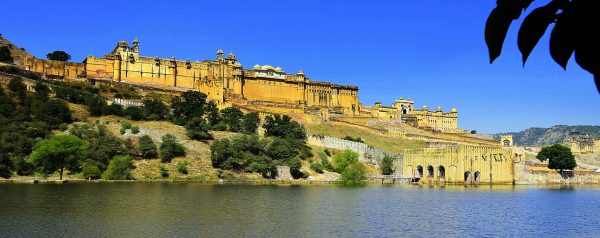
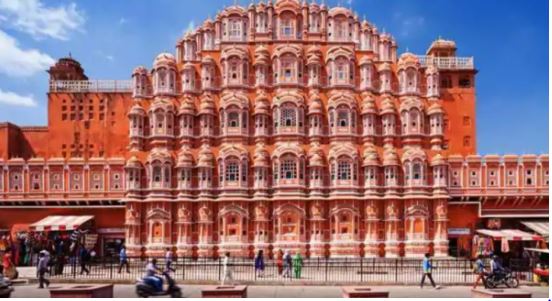
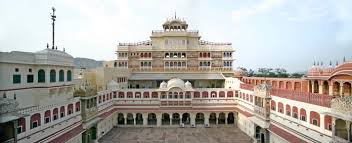
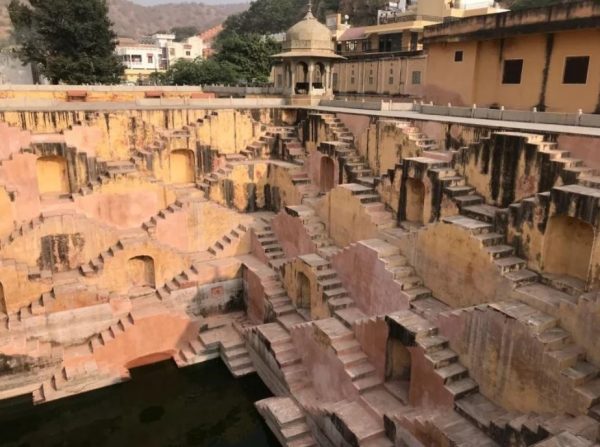 Composed of alternating pink and yellow faded scales, Panna Meena Ka Kund, or Panna Meena Stepwells, is an exceptionally interesting architectural spectacle. In India, step-wells are generally used as social gathering places, where people gather and chat while they draw water or even swim in the pool below.
Composed of alternating pink and yellow faded scales, Panna Meena Ka Kund, or Panna Meena Stepwells, is an exceptionally interesting architectural spectacle. In India, step-wells are generally used as social gathering places, where people gather and chat while they draw water or even swim in the pool below.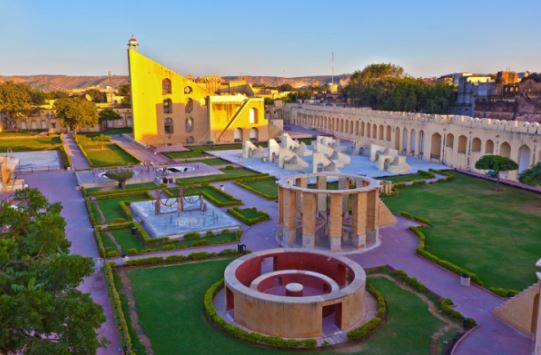
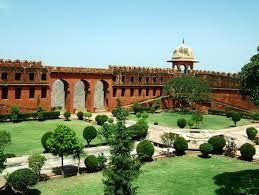 Jaigarh Fort is one of the favorite places for viewing Amber Palace and the Aravalli hills below. Although its walls and walls are quite impressive, tourists flock here mainly to see the Jaivana cannon, since the Jaigarh Fort was the center of artillery production for the Rajputs (a war-associated caste).
Jaigarh Fort is one of the favorite places for viewing Amber Palace and the Aravalli hills below. Although its walls and walls are quite impressive, tourists flock here mainly to see the Jaivana cannon, since the Jaigarh Fort was the center of artillery production for the Rajputs (a war-associated caste).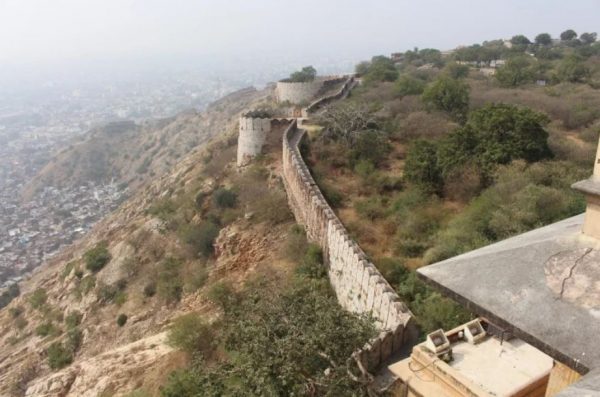
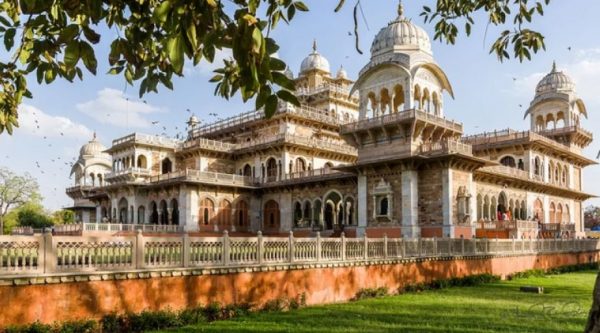
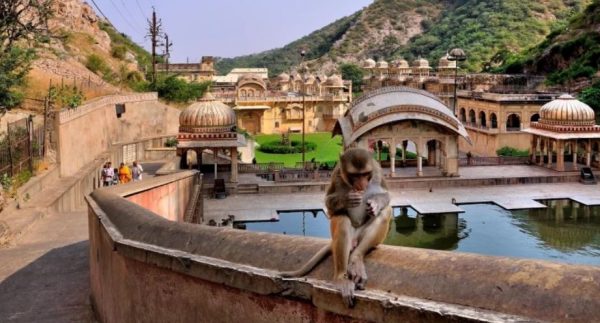
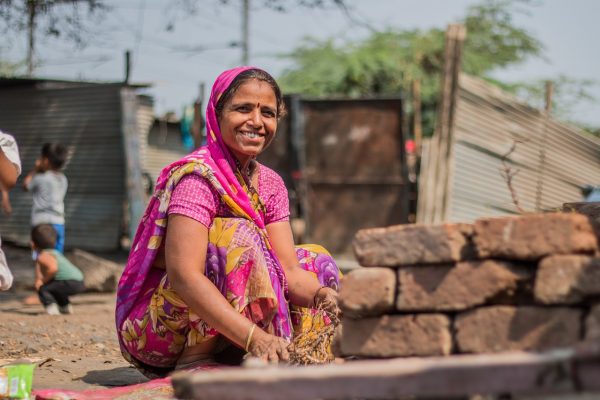 Did you know that Jaipur has a unique initiative that converts buildings into hotels - so they are well maintained and properly restored over the years? These "palace hotels" will continue to be appreciated by many as they are converted into lodgings! The Samode Palace is one such example of a historic hotel.
Did you know that Jaipur has a unique initiative that converts buildings into hotels - so they are well maintained and properly restored over the years? These "palace hotels" will continue to be appreciated by many as they are converted into lodgings! The Samode Palace is one such example of a historic hotel.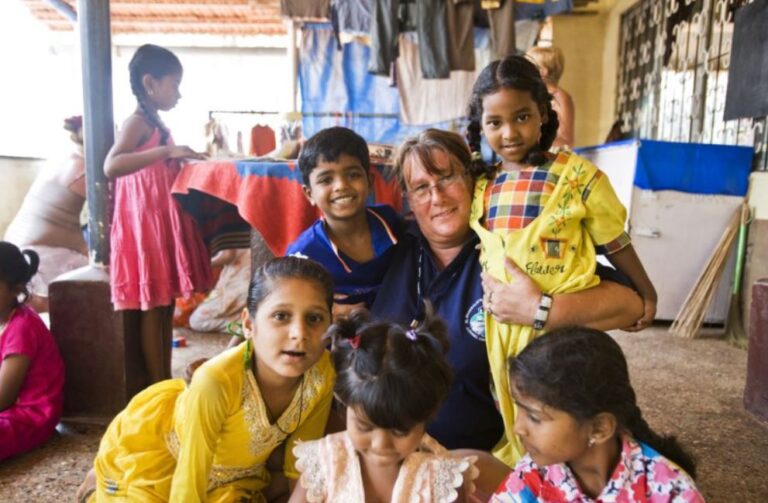 Mother Teresa, an Albanian Roman Catholic missionary, did a lot of work in India, especially in the heart of Calcutta. His former home and charity in Calcutta are now known as the Mother House, and within the modest mission is the tomb of Mother Teresa. After having respected, you can walk through a small museum that exhibits some of his personal effects and proceed to climb a flight of stairs to see in the room where Mother Teresa wrote letters, lived and prayed.
Mother Teresa, an Albanian Roman Catholic missionary, did a lot of work in India, especially in the heart of Calcutta. His former home and charity in Calcutta are now known as the Mother House, and within the modest mission is the tomb of Mother Teresa. After having respected, you can walk through a small museum that exhibits some of his personal effects and proceed to climb a flight of stairs to see in the room where Mother Teresa wrote letters, lived and prayed.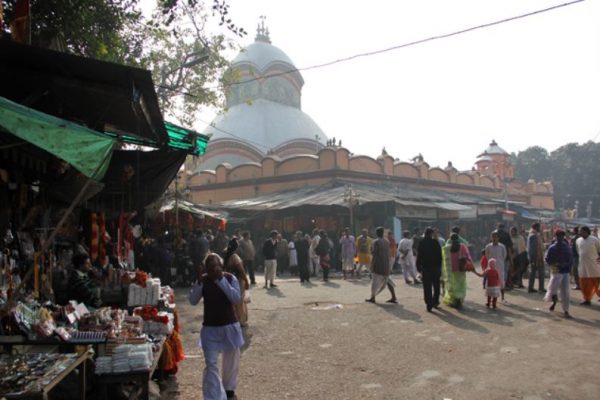
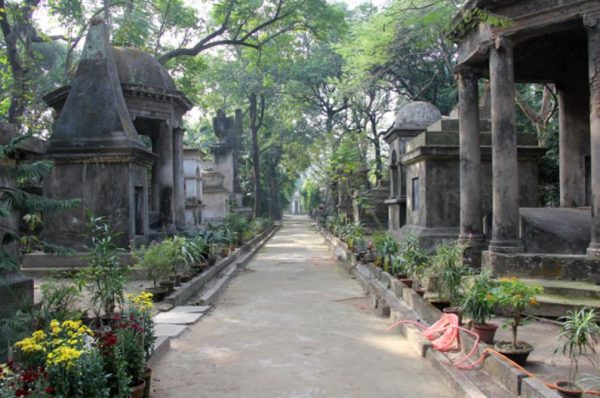
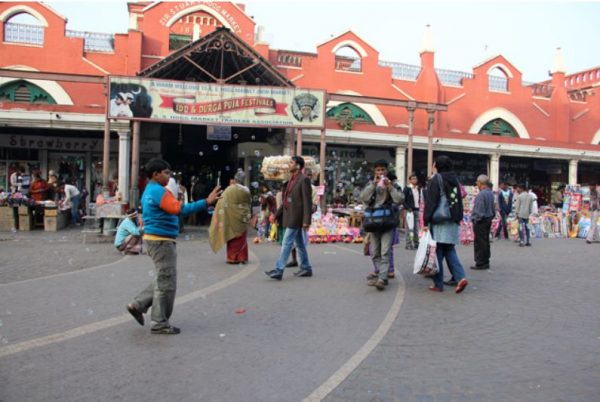
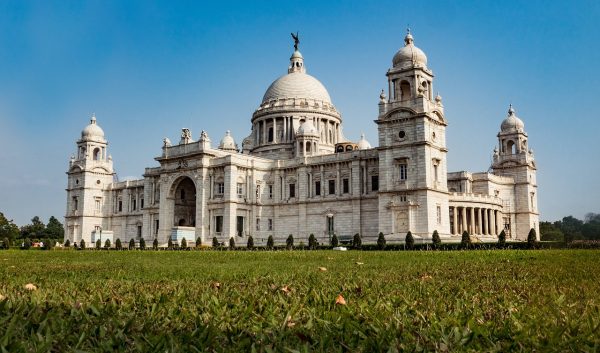
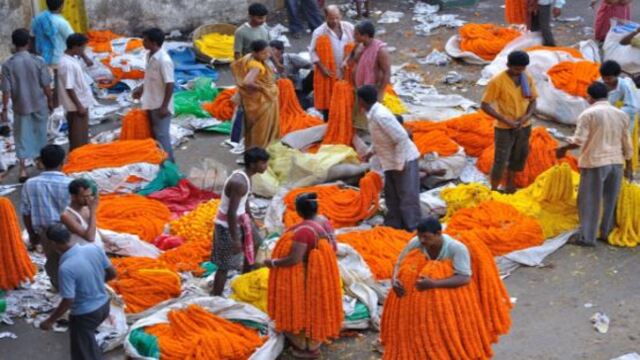 Located directly below the Howrah bridge is the vibrant Mullik Ghat flower market. The market, which is open all hours of the day, is a lively scene of yellow and orange flowers. Vendors and porters walk and run continuously up and down the market, auctioning off their supplies. It's a great place to take pictures.
Located directly below the Howrah bridge is the vibrant Mullik Ghat flower market. The market, which is open all hours of the day, is a lively scene of yellow and orange flowers. Vendors and porters walk and run continuously up and down the market, auctioning off their supplies. It's a great place to take pictures.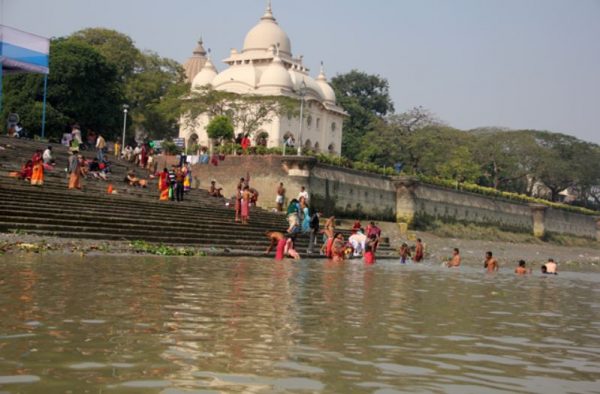
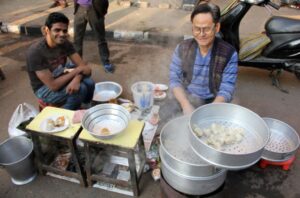 Kolkata’s Terreti Bazaar is a Chinese breakfast street food market that sells some truly delicious and authentic Chinese food.
Kolkata’s Terreti Bazaar is a Chinese breakfast street food market that sells some truly delicious and authentic Chinese food.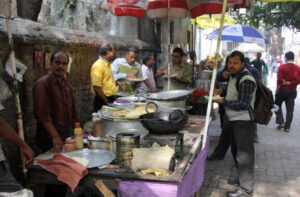 Best places to visit in Kolkata, there are many things to do and see in Calcutta, but as a lover of all foodstuff, there is nothing more rewarding than hitting the sidewalks for a bite of Calcutta street food.
Best places to visit in Kolkata, there are many things to do and see in Calcutta, but as a lover of all foodstuff, there is nothing more rewarding than hitting the sidewalks for a bite of Calcutta street food.